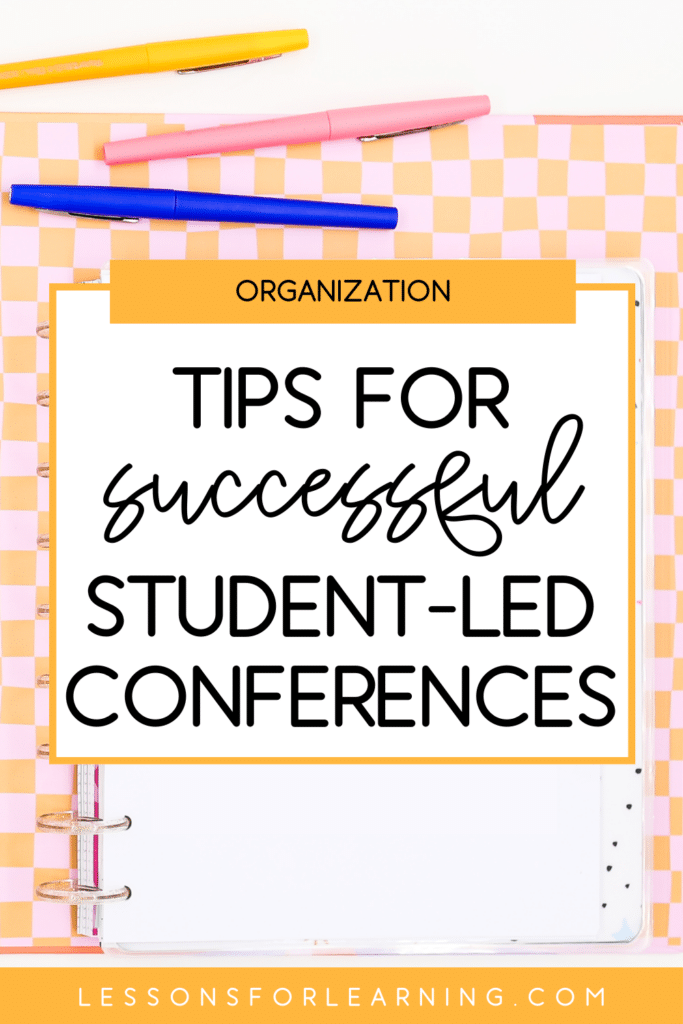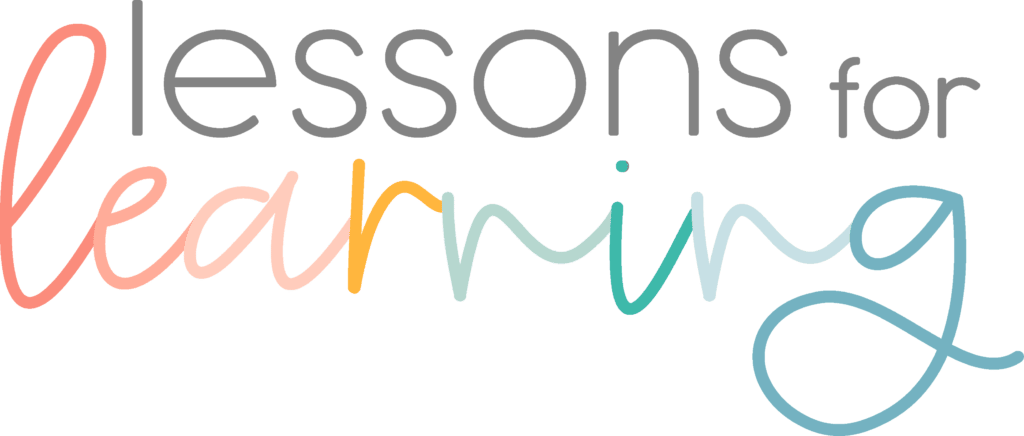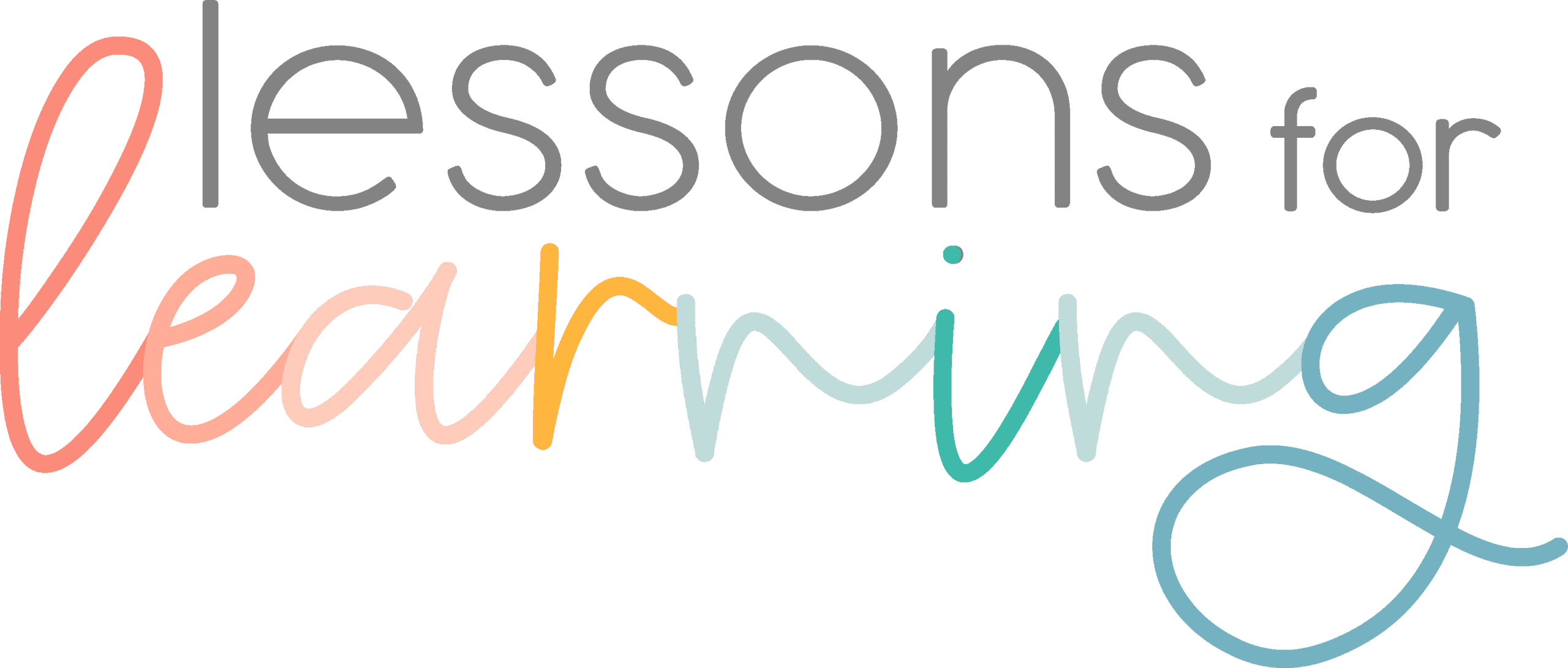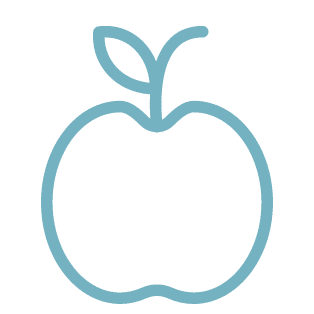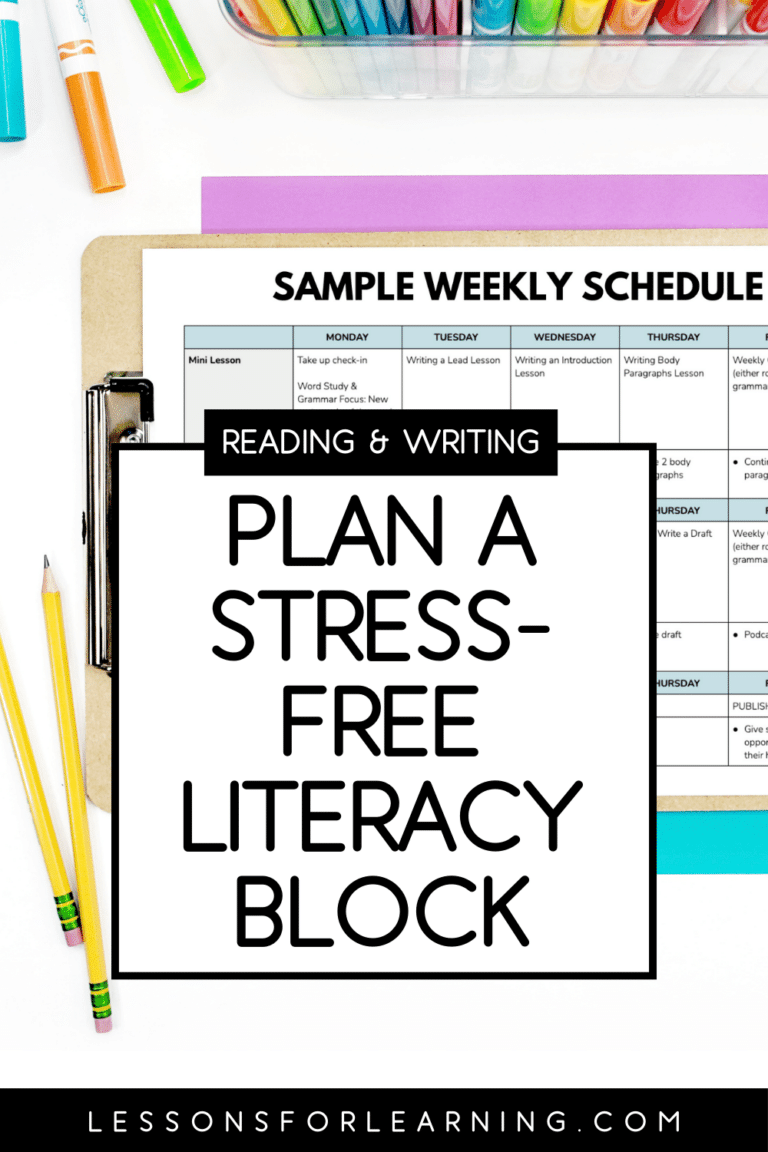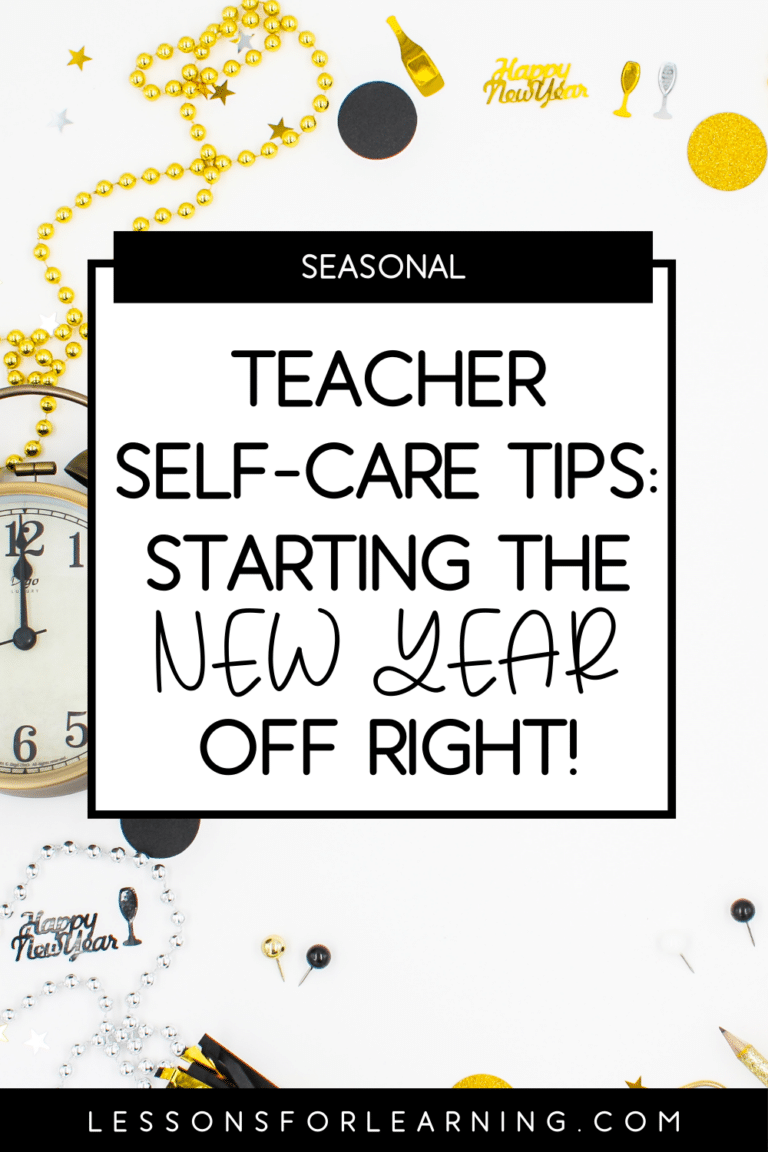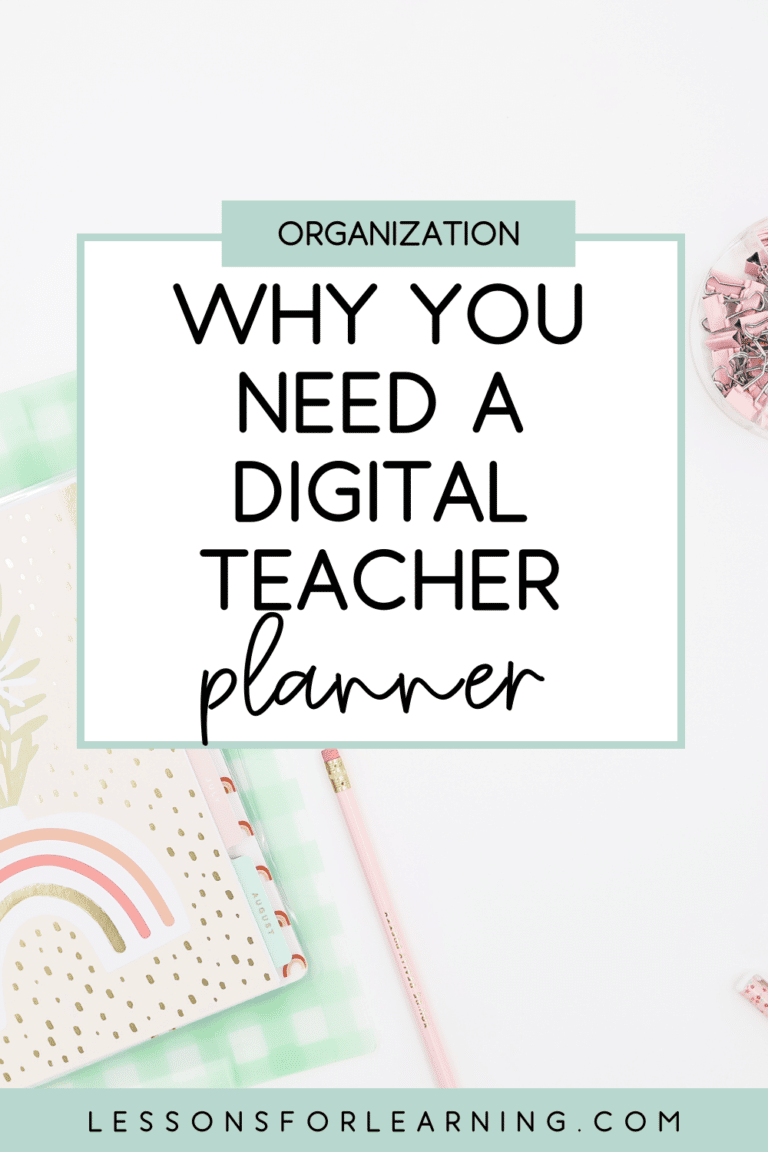It’s getting close to that time of year for formal parent-teacher conferences. In my first years, talking to parents face-to-face filled me with a mix of delight and dread.
Delight because you could see which apples didn’t fall far from their trees. Dread because I was never sure what to expect. I would agonize over how to communicate students’ successes and challenges in the most tactful but meaningful way possible to the people who were most invested in that student.
Was there a way that I could do this effectively without spending hours and hours collecting and pouring over data aka my students’ assignments, my logbooks, their grades, and more?
One way was to use the system I had been using in class – student-led conferences!
While conference season can be overwhelming, it doesn’t have to be! This post is here to provide the tools and information to help you because student–led conferences actually take work off of OUR plates!
Keep reading for details on how to incorporate this into your plans!
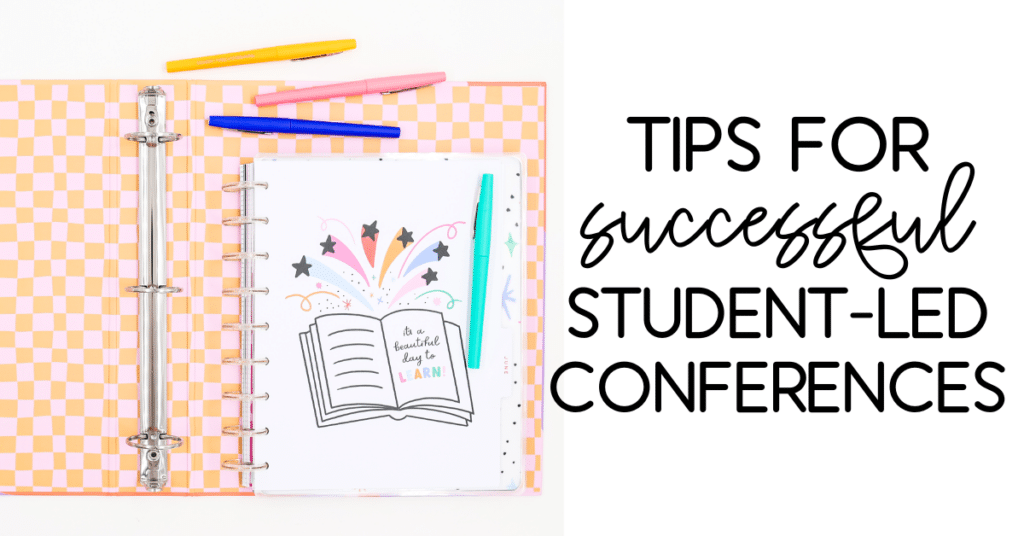
1. Prepare Students Early
The first thing is to make sure students have ample time to prepare for their individual student-led conferences. They should know what to expect and what’s necessary for a successful student-led conference.
Begin by teaching students how to reflect on their learning, set goals, and understand their progress. This is a multi-step process that will benefit students for their student-led conferences and their ongoing learning beyond your classroom this year!
You may not be ready with all of your grades and/or assessments, but you can start the process with these templates.
The templates go over more than just assessments! Students can better understand their learning through multiple intelligences and habit-building inventories. You can use these to help students understand what kind of learner they are and how to set goals that work for them.
2. Have Students Create Meaningful Portfolios
One of the best student-created tools for student-led conferences is a portfolio. These can support student preparation while developing some of their skills too.
Students can include their habits and multiple intelligences assessments in the portfolio, and then move on to gathering work samples they are proud of along with those they want to improve on to show parents.
Portfolios encourage student reflection so students can assess their individual skills to create a record of their own learning journey. The visual record is also helpful in promoting a growth mindset for students.
The worksheets included in the student-led conference templates are no-prep and are guaranteed to help students create meaningful portfolios of their learning.
BUT, just in case, I always review portfolios a few days before conferences. This means that I have a clearer picture if the student is not very prepared for the conference or doesn’t actually give a clear view of what they are like in the classroom or as a student.
For my own preparation, I prepare a brief note about each student. This is made easier with my teacher planner where I record ongoing observations and collect/record student data (grades, attendance, learning skills, etc.). Read more about the teacher-planner I use to help with this process.
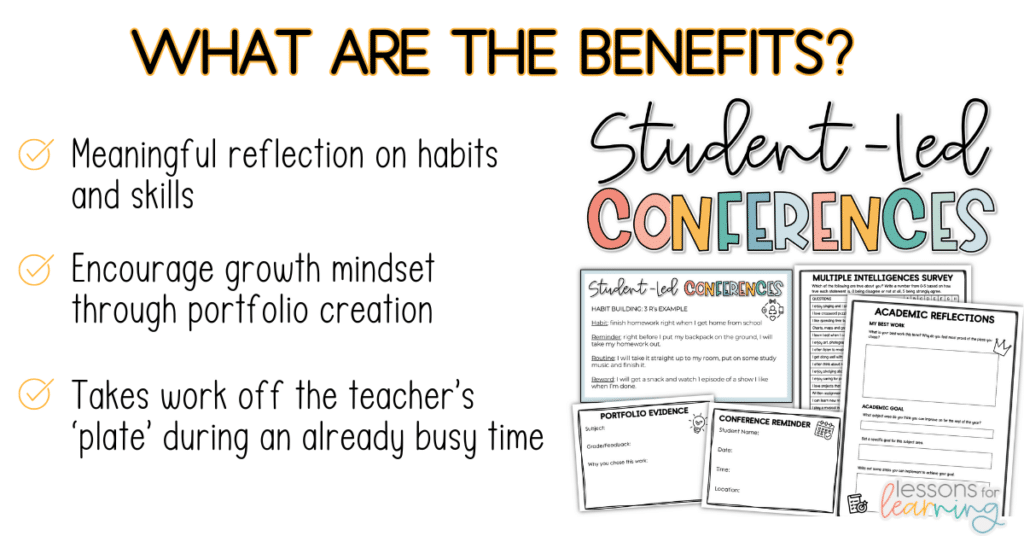
3. Practice Role-Playing Conferences
In the lead-up to conferences, give students a chance to practice. This will help to reduce anxiety and boost their presentation skills.
Run mock conferences in class with a willing volunteer or two or have students run through the process with their peers.
Begin by setting clear expectations. What will students have to discuss in their student-led conference? You could provide 2-3 questions as direction such as how did you demonstrate X (an expectation from the curriculum, a habit, or a skill) in this task. What is one area where you could have improved? Why? What are your goals as the school year continues?
Practice active listening and clear communication. What did students ‘hear’ in their peer’s responses to each question? How might they ask good follow-up questions? Did the student speak clearly using a good pace and tone/volume for the situation?
Take turns in different roles. Have students try out the role of student and then that of a teacher and then of a parent/guardian too. This perspective shift is often helpful to demystify the entire process, thereby providing another way to decrease student anxiety and increase student readiness.
4. Encourage Honest Reflection
Student-led conferences and the process to prepare for them require students to be honest, especially with themselves as they reflect on both strengths and areas of growth.
Setting up your class as one focused on a growth mindset is an ideal way to do this.
If you’re already doing this – amazing! But if you haven’t yet or you started but need some more follow-through to continue creating a supportive environment for sharing challenges, here are a few tips:
- Normalize making mistakes and the joy and opportunities that can be found in failure.
- Model a growth mindset with your own language and behaviour.
- Encourage positive self-talk, especially the use of “yet” when they make statements about their challenges.
- Celebrate the wins both big and small to reinforce that all growth is great!

5. Create a Welcoming Environment for Families
Part of the preparation is to communicate the plan with families so they feel included and valued in the process. Since this might shift from what they’re used to, it’s important they too know what to expect. This could be a short email home that might be part of your regular communication or a note sent with students along with reports.
Offer guidelines for parents on how to support their child before and during the conference. Preparation work could involve reviewing the report card together and discussing goals.
I also like to provide some reassurance and positive reinforcement that their child has been working on how to lead the conference through role-play, the creation of a portfolio, and more. This last part is often how I communicate that families should provide space for their child to take the lead in the upcoming conference.
When the student-led conferences are taking place make sure to set up your location or room in a way that promotes conversation.
And when all is said and done, remember that it doesn’t have to be perfect! You have encouraged your students’ growth mindset so consider the experience another way to incorporate that growth mindset into your teacher life!
Check out these posts to help with life before student-led conferences during parent-teacher interviews:
- Sample Report Card Comments for Teachers
- The Ultimate Guide to Stress-Free Report Card Writing
- How to Create Effective Long-Range Plans
